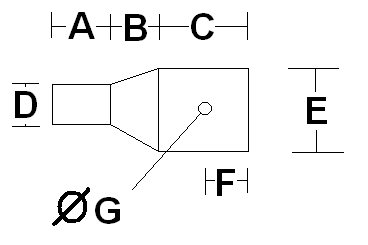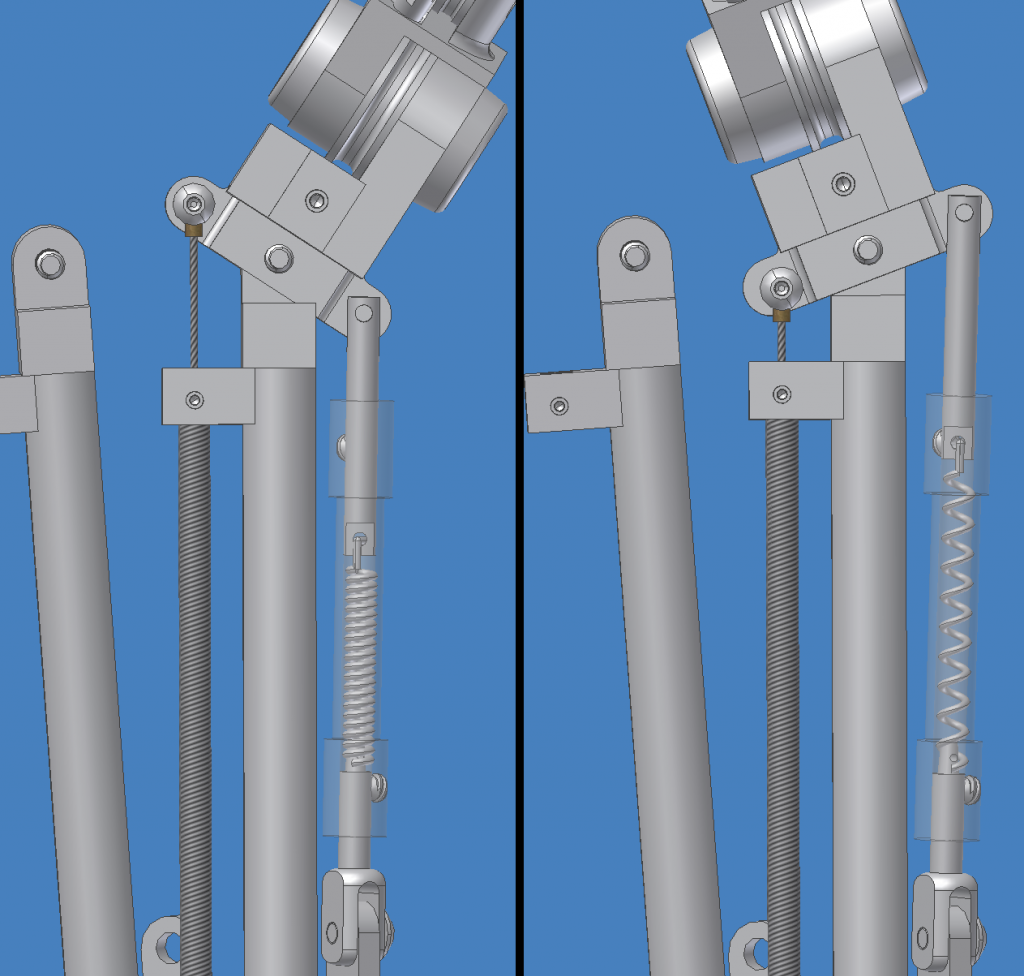It looks like you have given a lot more thought to manufacturing of the prop in the storyline than I have. I've mostly been concentrating on producing an accurate model, then modifying it to make it functional. Looks like I have a lot to reply to, lol. I guess I'll start with the elbow bearings:
I modified the lateral humerus fragment to have a hub at the elbow joint. There is a ball bearing raceway centered over the joint between the hub and the rest of the arm fragment. Since the bearings overlap both pieces, the hub is locked into the arm fragment.
See image (not all bearings are shown). The bearings are added through a radial hole which is later plugged. The hub is bolted to the elbow and rotates with it. There should probably be a rubber gasket in the notch between the hub and arm fragment but I haven't drawn one yet. I may try to make the bearings larger, right now they are only 3/16" diameter.
I borrowed the idea from a
slew gear. It should work on this side of the arm, but the offset screw on the medial hub gets in the way. I may just get rid of that screw, I haven't seen any screen used arms with it (I think Sideshow may have added it when they made their replica arm).
Cables:
This is my best guess at the paths of the T3 finger cables. These paths will not work with the parts in the blueprints I posted. They need to be modified with various slots, holes, pins, etc.
Finger Control:
I know it's a busy image, hopefully the different parts are clear enough. Let me know if I need to clarify anything. I may redo it with color coded parts.
Finger Control Cable - Can only provide tension. Pulling this cable causes the finger to curl into a closed position.
Palmar Spring Return - Passive component. Uses a compression spring to push the proximal phalanx to an open position.
Finger Spring Return - Passive component. A compression spring inside each finger joint helps to straighten the finger when the Finger Control Cable is released.
Lumbrical Cable - Can only provide tension. Pulling this cable tips the finger to the side.
Lumbrical Spring Return - Passive component. Uses a tension spring to pull the finger to the side when the Lumbrical Cable is released.
Found Hardware
The Du-Bro 4-40 Solder Rod Ends are fairly easy to get, I bought mine from
this website.
I haven't been able to find a source of pulleys.
That's all I have for now, I should be able to get some more work done this weekend. If you haven't yet, you should join
The Endo Builders Club. There aren't too many regularly posting members, but there is a lot more information, speculation, drawings, and prototypes.



